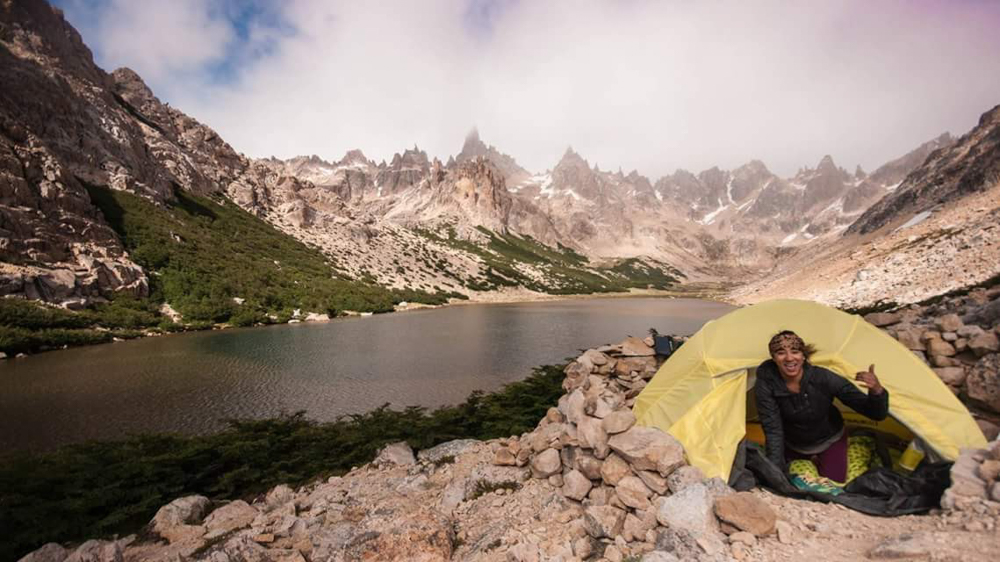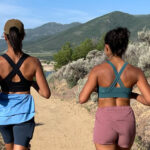What We Can Learn from the Water in the Mountains: Ways to Make Our Lives More Waterwise
What does it mean to be waterwise? The concept conjures ideas of conservation, rationing, and drought—but maybe it’s simpler than that. On a backpacking trip, being waterwise could mean having enough water left over to still have a satisfying sip when you’ve arrived at your final destination.
Being waterwise is a skill many of us learn while playing outside. From big days hiking through the mountains, to week-long backpacking trips, we learn just how important it is to manage, mind, and care for the water we consume. Thinking back to a recent mountain run in Lake Tahoe’s Desolation Wilderness, I remember filling my water bottles at the last known running stream.; as smoke from the nearby Tamarack fire plumed in the distance., I knew this might be the last time I could get clean drinking water, and this might be on the last day I could run on this trail this trail could be run before air quality would turn harmful.
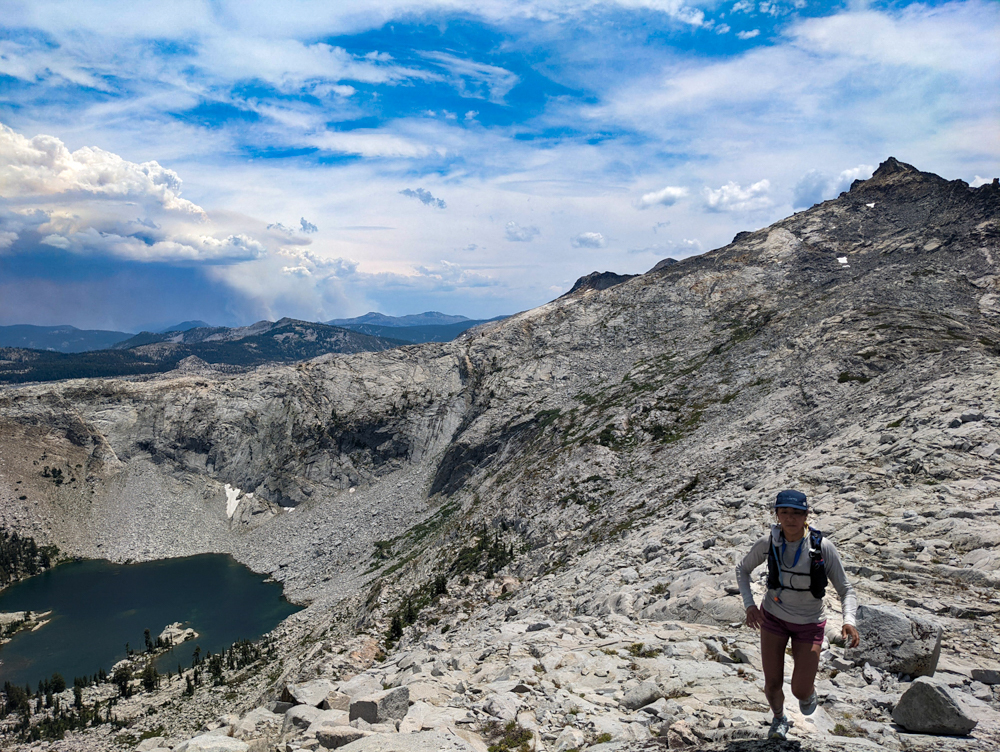
We are entering yet another record-breaking summer of forest fires and drought. Climate change gives us the unexpected opportunity to apply our outdoor skills to gain an understanding of climate resiliency and equitable water policy.
Three experts with backgrounds in outdoor education, conservation, and policy weigh in with their thoughts on applying key outdoor skills to our everyday lives. I have shared media and reading recommendations to accompany their insights.
“Water Has Taught Me How to Have Reverence”
Jen Callahan: Environmental Scientist and Avalanche Educator, She/Her
Water has taught me how to have reverence. In the winter, frozen water whips around me, burns my lips, and forms avalanche conditions that create an exhilarating and dangerous working environment.
As an outdoor educator, Callahan speaks to the almost spiritual effects that the hydrological cycle creates for nature lovers. Read more about the hydrological cycle here.
In the winter, water is carried up in the air along mountains to where it is cooled and then falls as light snow, making skiing feel like flying. Frozen water brings magic down from the heavens. Water can freeze and connect landscapes that one usually can only travel with their eyes.
In the summer, water draws everything and everyone in, where it revitalizes and quenches. Summertime water can also capsize a river raft, flood a building, and sweep away a bridge.
Being close to the duality of water outside has led me to a profession of protecting it from pollution. It’s wild to me that water is this incredibly powerful entity that is so susceptible to contamination from development—but that makes perfect sense given water’s constant ambidextrous nature. Water’s ability to nourish me and simultaneously remind me of my mortality has made me have respect for the bigger picture of existence.
Dani’s Takeaway:
Water’s duality can bring life-giving energy just as easily as it can take our lives. A necessary part of our everyday existence, water has the power to inspire, sustain, and deprive.
Learning to respect the characteristics and nature of water can teach us how to consider its role in our daily lives. Need some inspiration?
Add Braiding Sweetgrass: Indigenous Wisdom, Scientific Knowledge, and the Teachings of Plants by Robin Kimmerer and Where the Water Goes: Life and Death Along the Colorado River by David Owen to your summer reading list. Both books share perspectives on water in the West and paint a more clear picture than the romanticized image we otherwise often see.
Connect with Jen on Instagram.
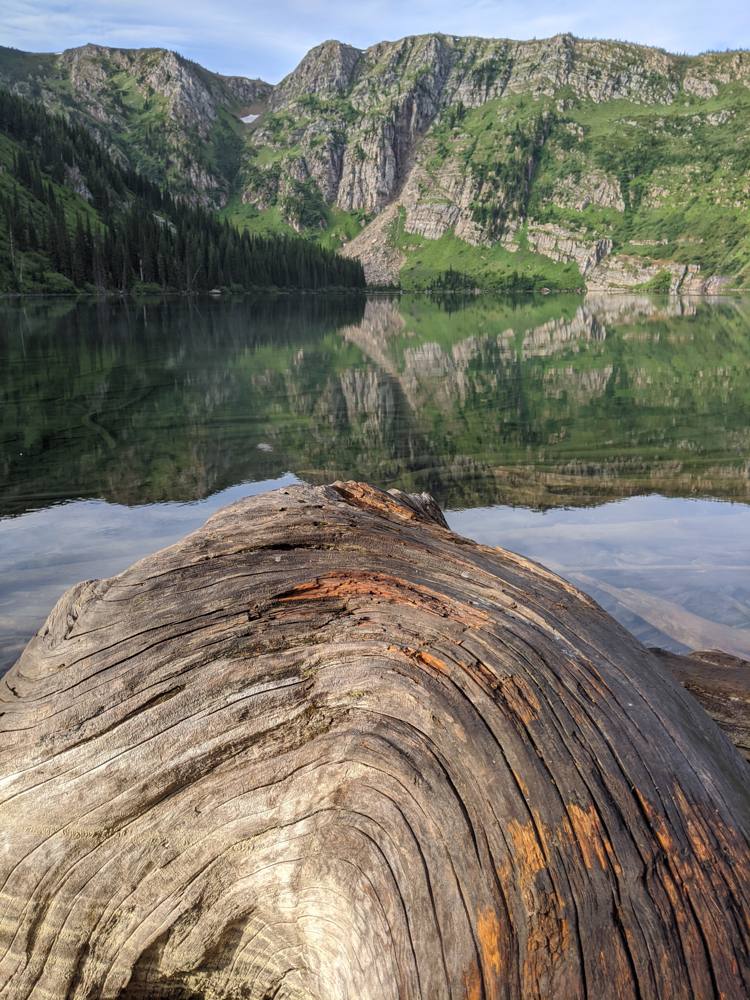
“More Valuable Than Gold”
Shawnté Salabert: Writer, She/Her
I spent two months in a drought year hiking the Pacific Crest Trail throughout southern and central California. In the southernmost deserts and mountains, natural water sources are hard to come by, so I learned to get very, very good at figuring out what I like to call “water math”—that is, figuring out how much water I needed to safely hike, cook meals, and camp in an area that didn’t have access to water.
I learned that I would have to ration on occasion and make choices that weren’t always comfortable; say, eating a cold meal for dinner that didn’t require water to hydrate or foregoing washing my face or body for days on end. I learned to appreciate the water that I did have, because it seemed more valuable than gold or any other precious material. Going into town to resupply, I made it a habit to finish any glass of water that was poured for me at a restaurant, a habit I still carry years later. Water is life, and I realized that from then on, I couldn’t look at it any other way.
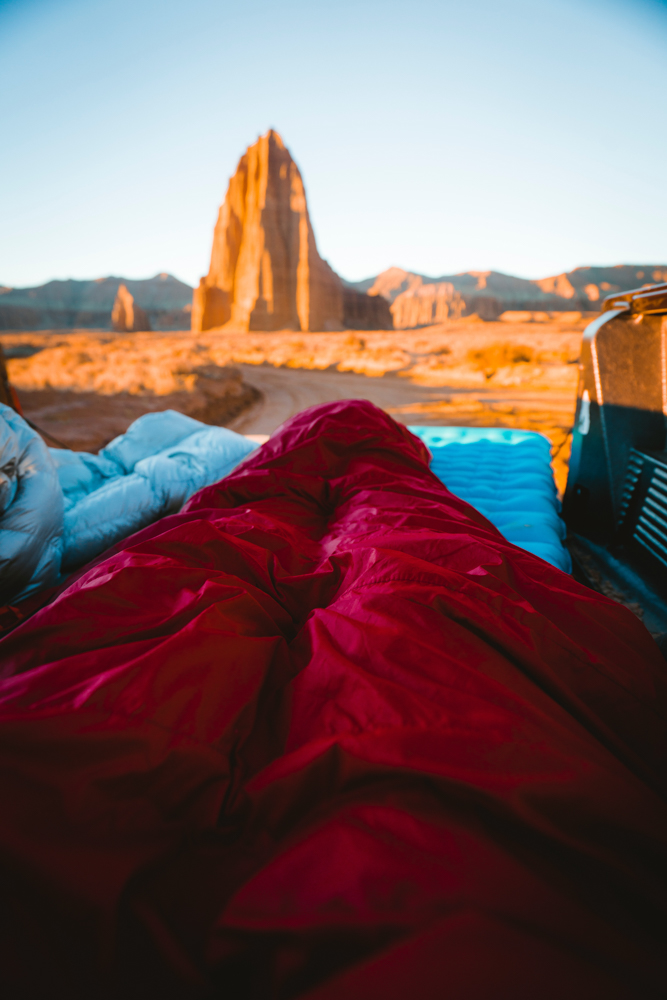
Dani’s Takeaway: Learn about how everyday water math can help save water.
The water rationing Salabert mentions didn’t turn her adventures into a crisis: instead, it gave her an opportunity to appreciate what she had and optimized the way she traveled through nature.
This basic water math—a simplified version of use management (also known as water governance)—gives us some perspective on water infrastructure, allocation, and distribution that affects much of the United States (and more specifically, the West).
To learn the origins of the improbable settlement of the American West, check out this piece from the National Park Service detailing the history of the Bureau of Reclamation (the governmental agency responsible for the dams, power plants, and canals that made economic development in the West possible).
To really wrap your head around how the American West was converted from an arid desert to a network of bustling cities and suburbs, read the classic and always timely Cadillac Desert: The American West and Its Disappearing Water by Marc Reisner.
Connect with Shawnté on the web or Instagram.
“I Am Red” by nonprofit group American Rivers details the beauty, human use, and fragility of the most endangered river in the USA, the Colorado River.
“Yo Soy Rojo, El Río Colorado” por American Rivers, una organización no gubernamental, detalle el ser del Río Colorado. Un conjunto de su belleza, uso humano, y fragilidad lo hace el río más en peligro de extinción.
“It’s All Connected”
Jr Rodriguez: Storyteller and Conservationist, He/Him/Él
When I’m out fly fishing, I’m literally connecting to a whole water system and thinking about its connection to the bigger picture. Whether it’s a backcountry remote stream or the slithering Snake that connects back to my alma mater in Portland, Oregon via the Columbia River Gorge, it’s all connected.
Noticing connection in “natural” systems began with urban exploration, my ditch flowed to Halls Bayou and Halls connected to Greens Bayou and Greens connected to Buffalo Bayou which led to San Jacinto which led to Galveston Bay, I all of the sudden saw a whole city connected via water.
Every day, I’m thinking about the points of connection—whether it’s thinking about where my drinking water comes from or the petroleum used in my outdoor gear: it’s all connected whether we acknowledge it or not.
Dani’s Takeaway: From the mountains to the sea, snowpack to the river, water doesn’t just impact the crops that are grown, the showers we take, or the water we drink. Water supports all forms of life (and even non-living forms too). Without water, our society does not exist.
Maybe it was the previously unimaginable confluence of climatic events, social injustice, and socio-economic failures that jolted many Americans awake. As the COVID-19 pandemic swept the nation, water system failures still affected Texas and Mississippi months after winter storms, and crops in Colorado and Arizona faced massive die-offs. Some spring skiers complained about the lack of snow, while river runners became saddened by the inability to float a river. Really, though, the cost of the drought isn’t just a romping weekend on the water: workers are literally dying
Connect with Jr on the web or Instagram.
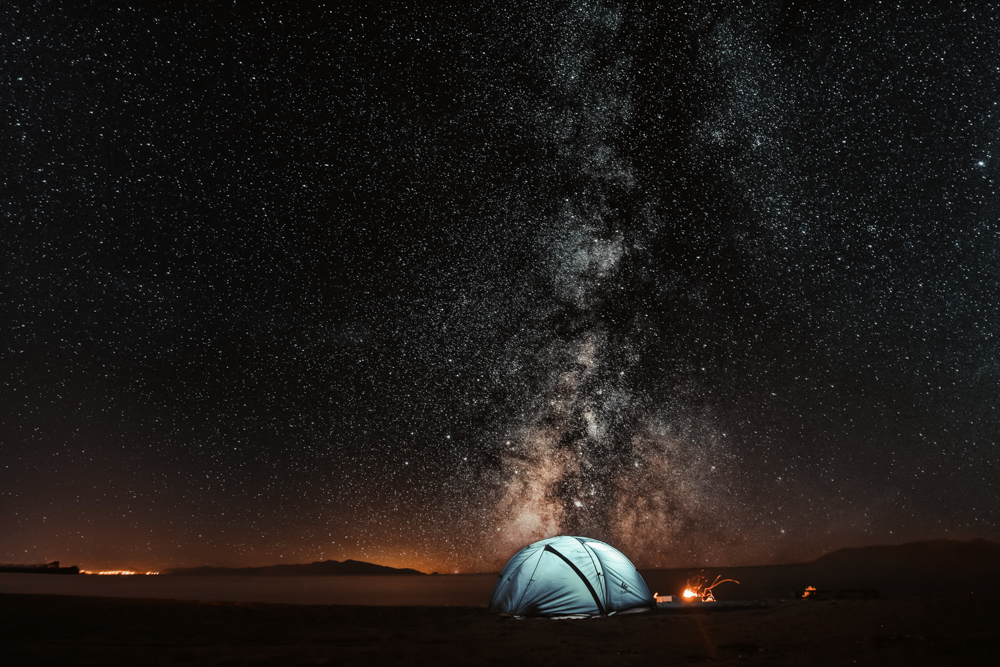
“So many of the problems we face today stem from the unsustainable way that we are acting right now when it comes to this planet,” climate scientist Michael Mann says. “It isn’t too late, but we have to act, and we have to act now.”
The great outdoors teaches us, daily, how to be better in everyday life: how to be more patient, more kind, a little more measured, and moderated. With water, especially given today’s climate, the same holds true. It’s all up to us: we must apply the skills we’ve learned outdoors and make the right decisions (both for ourselves and everyone else) to save our water systems.
That, maybe, is the adventure after all. Do you accept the challenge?
